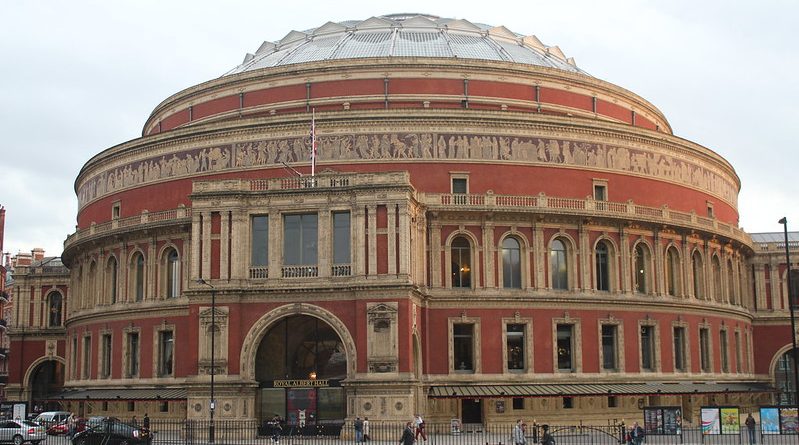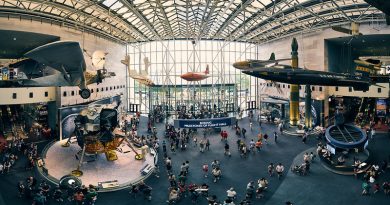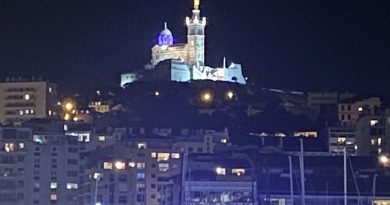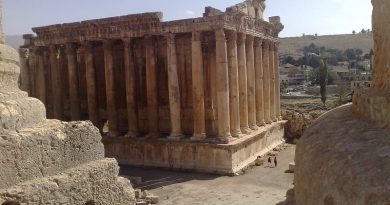Historic Walks : ‘Albertopolis’ – Victorian South Kensington
We visit Kensington in London to step back in time to the glory days of the British Empire under Queen Victoria and her industrious and cultured consort Prince Albert.
‘Albertopolis’ evolved from the charismatic drive of Albert to show Britain’s diversity and power to the world. It was also an attempt by the world’s most powerful country to gather the best that the world had made and turn it into an exhibition for the public. Albert dreamt of having the world on display in South Kensington where the British (the natural born governors) could study and understand it, ensuring the maintenance of their supremacy.
Looking at the hustle and bustle of modern day West London, it’s almost impossible to imagine that in 1800 this was way out ‘in the sticks’ where market gardeners grew the produce needed to feed hungry Londoners.
The city’s march westwards received a huge boost with the Great Exhibition of 1851. Encouraged by Prince Albert, a massive glasshouse was constructed on the southern side of Hyde Park and more than six million visitors came to wander through the hallways of the ‘Crystal Palace’. The Exhibition was hugely successful, with more than 13,000 exhibits ranging from remnants from ancient Egypt, to Renaissance masterpieces and steam machinery that drove the Industrial revolution. It showcased entertaining items such as the largest organ in the world, tight-rope walkers and a recreation of primordial swamps filled with the newly discovered dinosaurs (or ‘terrible lizards’). The exhibition lasted six months and made a profit of £186,000. Prince Albert suggested the money should be spent on the creation of a cultural quarter for London which was realised in the form of the museum and college area of South Kensington.
The highlights of this walk include:
Harrods: Did you know the world famous department store started in the slums of the East End as a wholesale grocers and tea merchant? Check out the Art Deco Food Hall and the toy department – the story goes that A A Milne purchased a bear for his son Christopher Robin, who later named the toy Winnie the Pooh.
The Oratory. After centuries of suspicion, Catholicism was allowed back in Britain in 1829, and this revival was followed by a widespread surge of interest in the Roman faith and a series of high profile conversions. When the Catholics started their mission in London they sought to build an impressive London base. Land was bought in Brompton on the outskirts of London, still not an ideal location as it was then considered ‘a neighbourhood of second-rate gentry and second-rate shops’. Times have certainly changed as the some of the world’s most expensive stores are now to be found a stone’s throw from the church.




